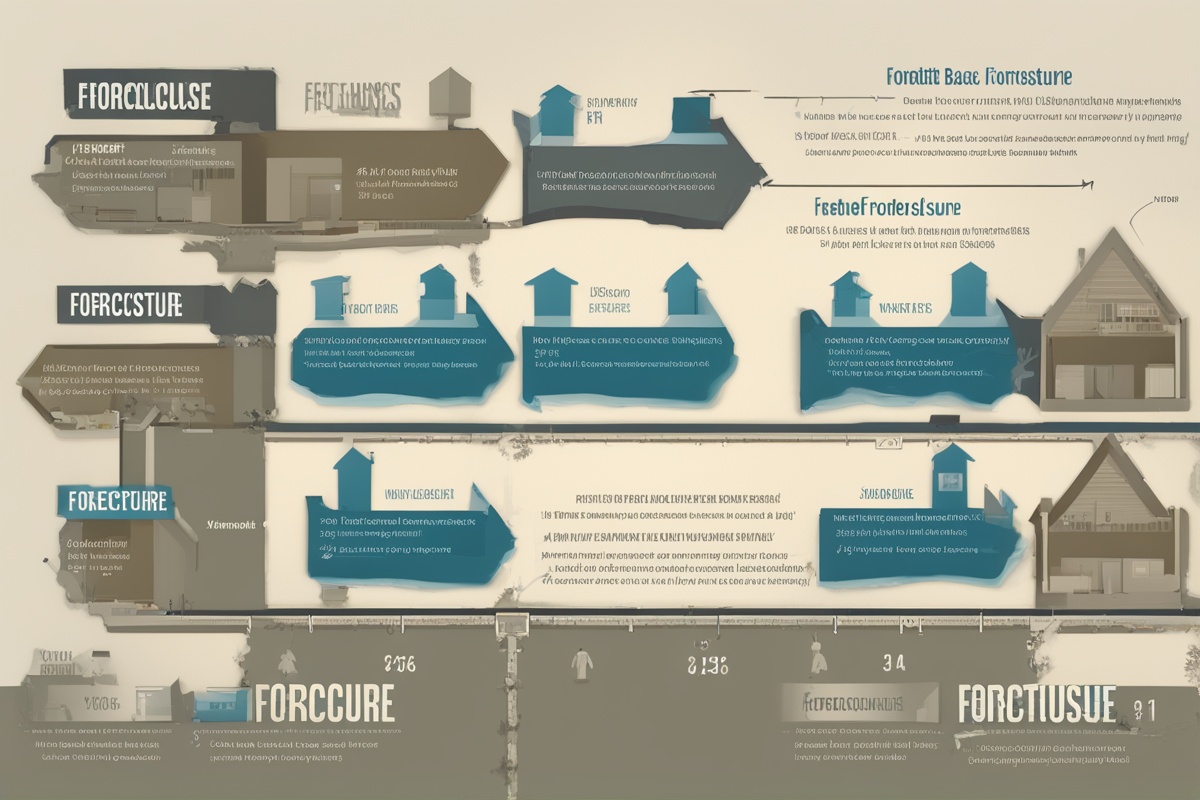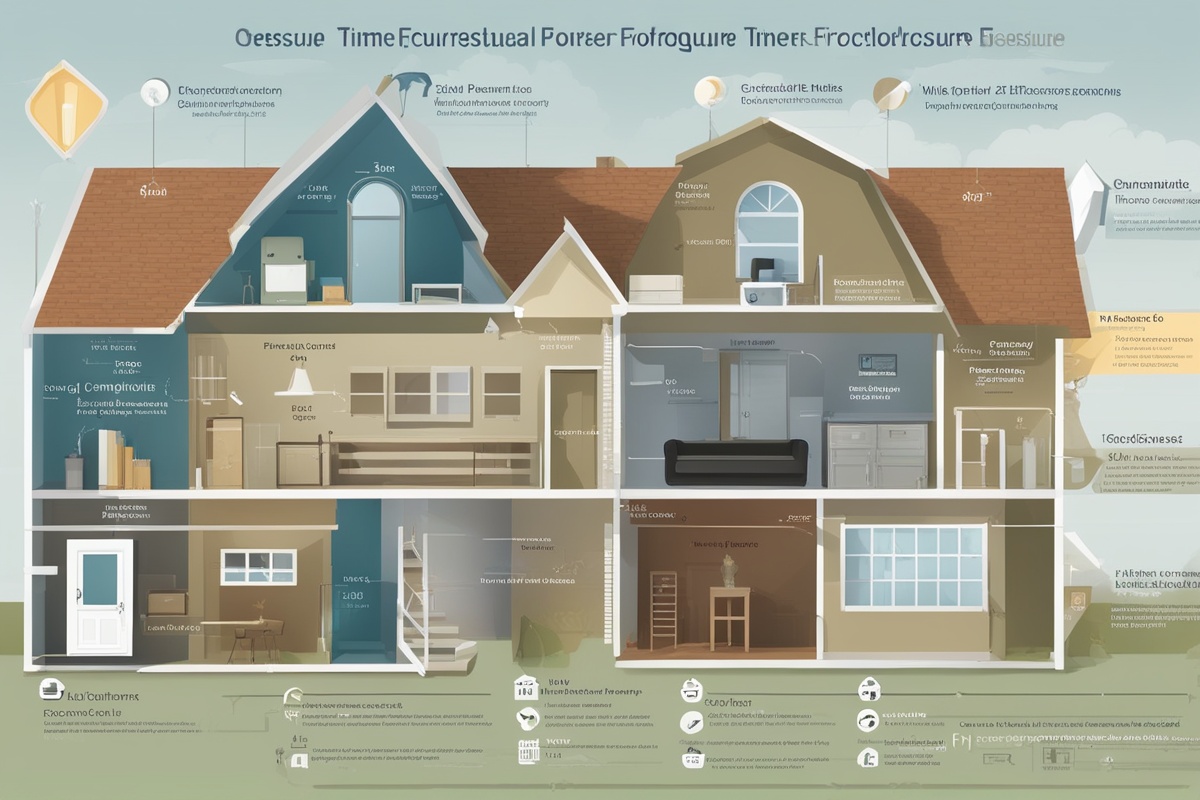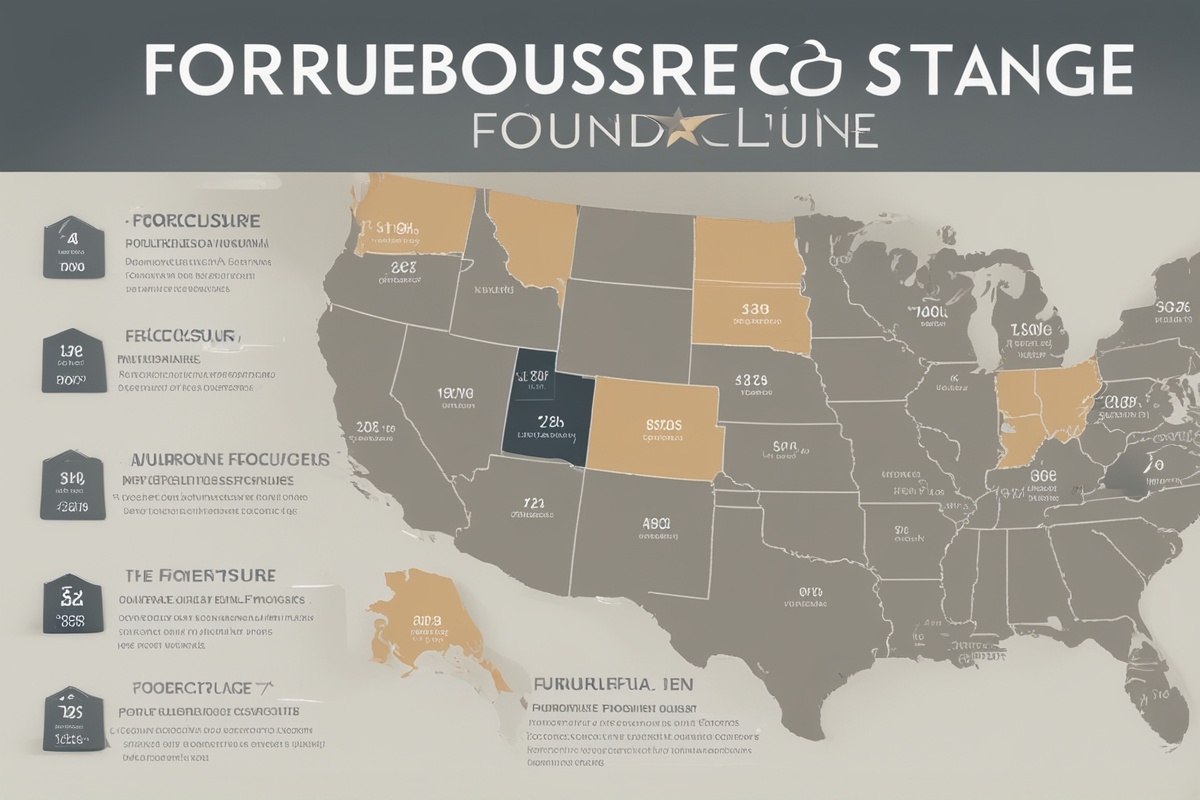Navigating the murky waters of home repossession can feel like walking through a storm without an umbrella. If you’ve ever found yourself staring at a pile of overdue mortgage notices, wondering how you got here, you’re not alone. Understanding home repossession stages is the first step to regaining control—or at least preparing for what’s ahead. This isn’t just about timelines and legal jargon; it’s about knowing what to expect, how to respond, and where to find a lifeline when the ground feels like it’s slipping beneath you.
Disclaimer: This article is for informational purposes only, based on general research and personal experience in the realm of real estate and foreclosure processes. It is not a substitute for professional legal or financial advice, diagnosis, or tailored guidance. Laws and procedures surrounding home repossession vary widely by state and country, and individual circumstances can drastically alter outcomes. Always consult a qualified attorney, financial advisor, or housing counselor for personalized guidance before making decisions about your home or mortgage. I’m here to provide clarity and insight, but I’m not in your shoes, and professional help is critical in such high-stakes situations.
What Does Home Repossession Really Mean?
Let’s start with the basics. Home repossession, often used interchangeably with foreclosure, is the legal process where a lender takes back a property after a borrower fails to make mortgage payments. It’s not an overnight event—think of it as a slow-moving train you can see coming from miles away if you know what to look for. Understanding home repossession stages means recognizing that this isn’t just a financial failure; it’s a deeply personal ordeal that can upend families and futures.
Imagine you’re a single parent, juggling two jobs, when an unexpected medical bill throws your budget into chaos. A missed payment turns into two, then three, and suddenly, you’re getting letters from the bank. That’s where this process often begins—not with malice, but with life’s unpredictable curveballs. According to the U.S. Department of Housing and Urban Development (HUD), millions of Americans face foreclosure risks annually, often due to job loss, illness, or rising interest rates. Knowing the stages can help you spot the warning signs early.
The Early Warning: Missed Payments and Notices
The first stage of home repossession usually kicks off when you miss a mortgage payment. Most lenders offer a grace period—typically 15 days—before marking it as late. But don’t let that lull you into a false sense of security. After 30 days, you’re officially delinquent, and the clock starts ticking. At this point, you might get a friendly reminder from your lender, but by 60 days, the tone shifts. Expect a formal “Notice of Default” or a demand letter outlining the missed payments and late fees.
I’ve seen this play out with a close friend who thought ignoring those early notices would buy time. Spoiler: it didn’t. Lenders aren’t in the business of playing hide-and-seek. They want their money, and they’ll escalate quickly if communication breaks down. Here’s a tip from experience—reach out to your lender the moment you miss a payment. Ask about hardship programs or payment plans. Many banks, like Wells Fargo or Chase, have options to defer payments temporarily if you’re proactive. Check out our guide on Mortgage Relief Options for more on this.
The Legal Process: Notice of Intent and Filing for Foreclosure
Once you’re 90 to 120 days behind—depending on your state and lender—things get serious. The lender issues a “Notice of Intent to Foreclose,” which is essentially a legal heads-up that they’re ready to take action. This notice often includes a deadline to catch up on payments or negotiate an alternative. Fail to act, and the lender files a foreclosure lawsuit in court (in judicial foreclosure states) or schedules a public auction (in non-judicial states).
Here’s where understanding home repossession stages becomes a game-changer. In judicial states like New York, the court process can drag on for months, giving you time to fight back with legal help. In non-judicial states like Texas, however, the timeline is brutally fast—sometimes just 21 days from notice to auction. I once worked with a client in California who didn’t realize their state’s non-judicial process meant they had mere weeks to act. They lost their home before they could even consult a lawyer. Don’t let that be you—know your state’s laws. Our article on State-Specific Foreclosure Laws breaks this down in detail.
The Final Countdown: Pre-Foreclosure and Auction
If you’ve reached the pre-foreclosure stage, the situation is dire but not hopeless. This period—often lasting 30 to 120 days after the foreclosure filing—gives you a last chance to save your home. You can reinstate the loan by paying the overdue amount plus fees, sell the property in a short sale (with lender approval), or negotiate a deed-in-lieu of foreclosure, where you voluntarily hand over the property to avoid a full foreclosure on your record.
If none of these work, the property heads to auction. This is the point of no return for most homeowners. The house is sold to the highest bidder, often at a steep discount, and any equity you had might vanish. I recall a case where a family thought they could bid on their own home at auction to buy it back. They didn’t account for the cash-only requirement and lost out to an investor. It’s a harsh lesson: auctions favor those with liquid funds, not sentimental ties. If you’re in this stage, consider connecting with a housing counselor via HUD’s resources or explore Tips to Avoid Foreclosure for last-ditch strategies.
Post-Foreclosure: Eviction and Credit Impact
Once the auction hammer falls, the repossession process isn’t over. If you’re still in the home, the new owner—whether it’s the lender or a third party—will initiate eviction proceedings. Some states offer a “redemption period” post-auction, where you can reclaim the property by paying the full debt, but these are rare and shrinking. After eviction, the damage to your credit score is the next blow. A foreclosure can tank your score by 100-160 points, per FICO data, and linger on your report for seven years.
But here’s the silver lining I’ve seen time and again: recovery is possible. I knew a couple who, after losing their home, worked with a credit counselor to rebuild. Within three years, they’d boosted their score enough to rent a decent place and eventually qualify for a new mortgage. It’s a long road, but understanding home repossession stages means knowing the end isn’t the end. Start by disputing errors on your credit report and building positive payment history wherever you can.
Emotional and Practical Coping Strategies
Let’s not sugarcoat it—home repossession is a gut punch. The stress can strain relationships, trigger anxiety, and leave you feeling like you’ve failed. I’ve been there in spirit, watching loved ones grapple with the shame of losing a home. But here’s a rhetorical question to chew on: Isn’t it better to face the storm head-on than to hide from it? Emotional resilience starts with accepting what you can’t control and focusing on what you can.
Practically, document everything—every notice, every call with your lender. Keep a roof over your head by lining up rental options before eviction day. Emotionally, lean on support networks. HUD offers free counseling, and nonprofits like NeighborWorks America provide resources for displaced families. Remember, you’re not the first to walk this path, and you won’t be the last. There’s no shame in asking for help when the chips are down.
Preventing Repossession: Proactive Steps to Take Now
If you’re reading this before the notices pile up, count yourself lucky. Understanding home repossession stages isn’t just about reacting—it’s about preventing. First, build an emergency fund, even if it’s just $50 a month. Second, communicate with your lender at the first sign of trouble. Third, explore government programs like the Home Affordable Modification Program (HAMP) if you qualify. I’ve seen these steps save homes more times than I can count. A colleague once shared how a simple loan modification dropped a client’s monthly payment by $300, enough to keep them afloat during a rough patch. Small wins matter.
Also, educate yourself on your rights. The Consumer Financial Protection Bureau (CFPB) has a wealth of info on borrower protections. Knowledge is power, and in this case, it might just be the key to keeping your home.
References
- U.S. Department of Housing and Urban Development (HUD) – Avoiding Foreclosure
- Consumer Financial Protection Bureau (CFPB) – What is Foreclosure?
- FICO – How Foreclosure Impacts Your Credit Score
This content is for informational purposes only and not a substitute for professional advice.





